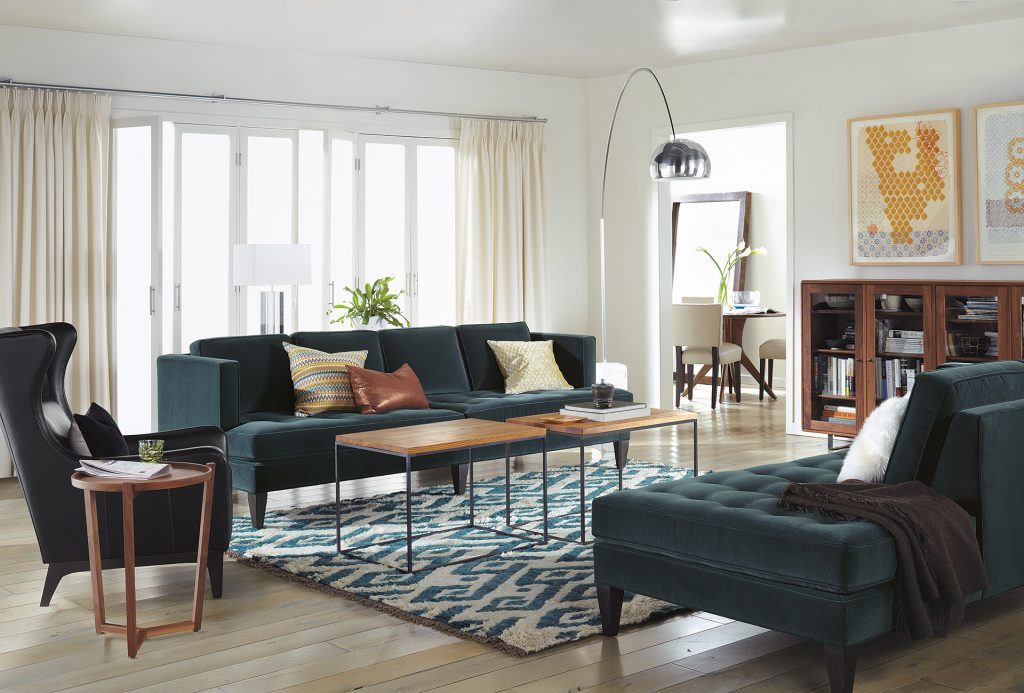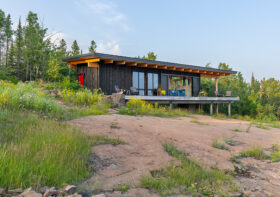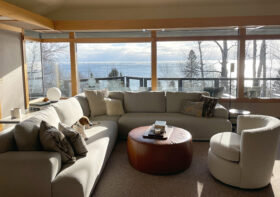How to Create Flow with Rugs
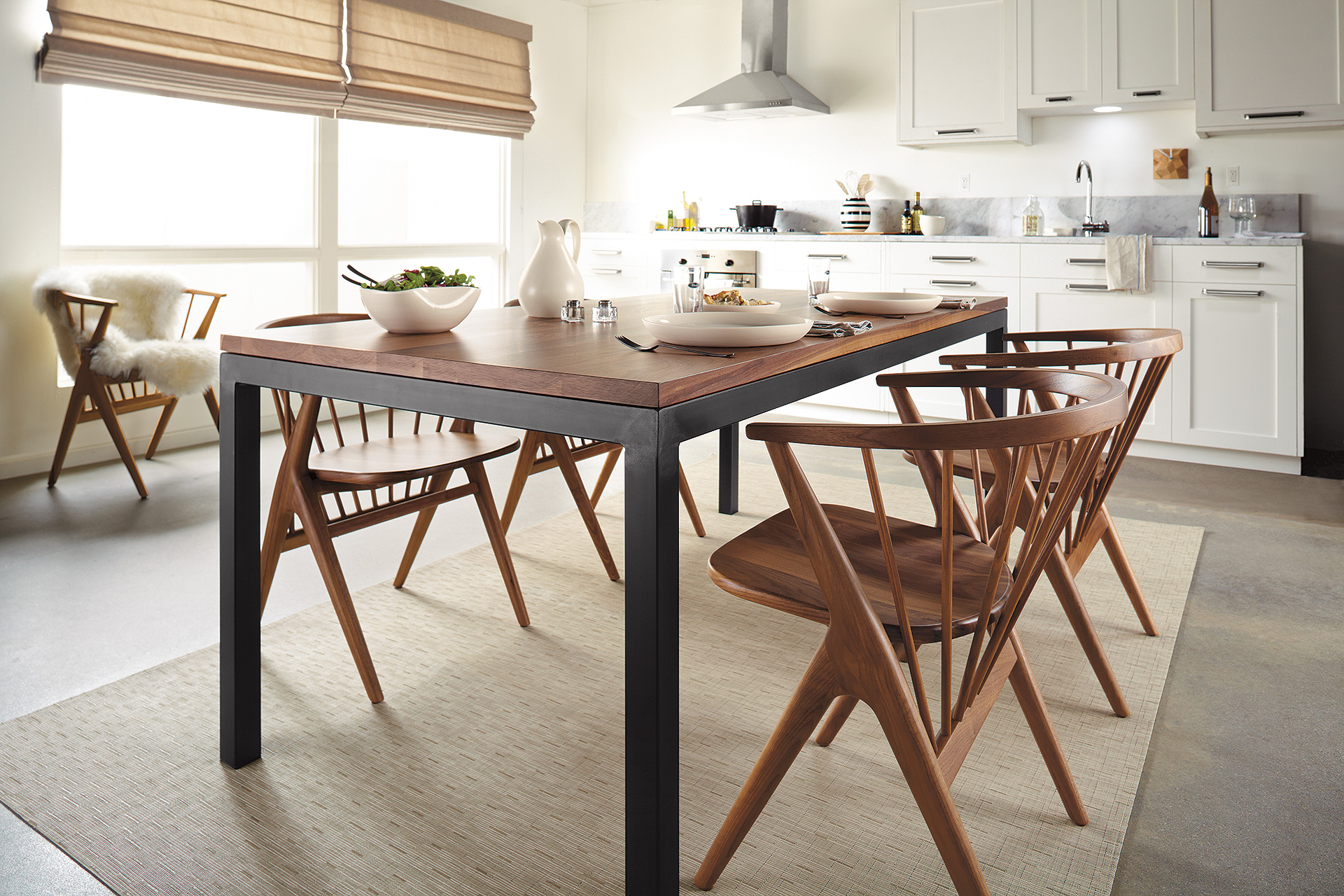
Area rugs are a terrific solution for tying adjacent rooms together because they help define and anchor spaces. Before you purchase one, think about how the room will be used and the amount of traffic it receives. Consider the material of the rug, including the density of the fibers and whether it’s synthetic or natural, to ensure it meets your needs. Wool rugs (like our Arden collection) are naturally soil resistant, making it a great fit for an entry way or mud room. Woven vinyl rugs (such as the Chilewich basketweave mat) are optimal in the kitchen or dining area—their durability can withstand high traffic and whatever spills life (or kids) throw at it.
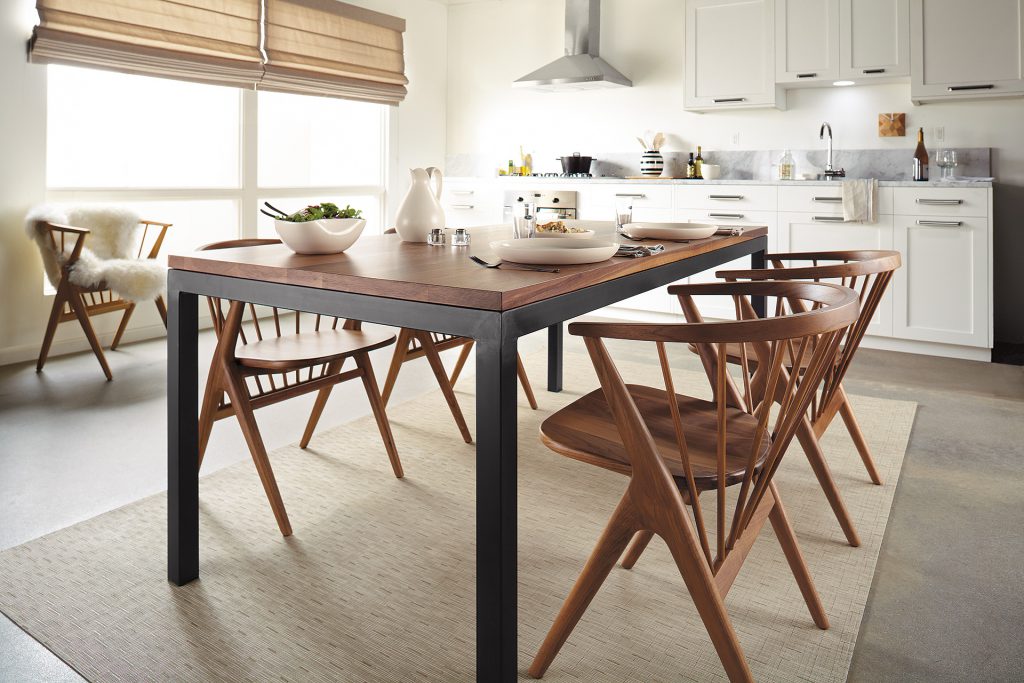
Rug pads are also a smart purchase. It adds an extra layer of cushioning between the rug and floor and keeps the rug in position (no more living room slip n’ slide!). This helps increase the life of the rug, and lessen the overall wear and tear.
Once you’ve chosen the perfect rug, create a cohesive look between rooms with designs that complement (rather than perfectly match) the furnishings in a space. Choose a color that unites different textures of rugs, or play with a similar pattern in different colors. One unifying element—color, pattern or texture—creates a nice transition from room to room.
So, whether you live in a studio apartment, downtown loft or sprawling lakeside home, let us help you create flow and pick the perfect rug for your home. Our expert Design Associates are ready to answer your questions and help you make the most of your space.
Photos by Room & Board

